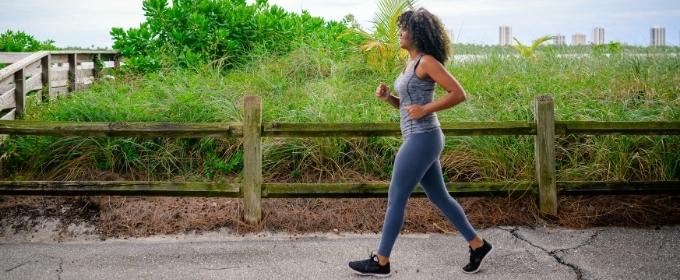Physical activity lowers your risk of getting diseases such as heart disease, diabetes, and cancer. Weight loss and maintenance are also aided by exercise. Walking is one of the best and most simple forms of exercise to add into your daily routine. Walking, unlike other types of exercise, is completely free and requires no specific equipment or expertise.
Inactive people who exercised for even 75 minutes each week improved their fitness levels dramatically compared to non-exercising people, according to studies.
Walking is simple, low-impact, and can be done at your own speed at any time of day. It’s also an excellent kind of exercise for those who are overweight, aged, or haven’t exercised in a long time.
The body need energy to function properly. Calorie needs differ from person to person, based on age, gender, genetics, and physical activity. You must expend more calories than you consume in order to lose weight. Increasing your walking exercise will help you burn more calories and lower your health risks.
When you’re trying to lose weight, you’re likely to lose muscle as well as fat. Walking can help avoid this by lowering your metabolic rate, making it easier to retain and preserve lean muscle mass as you lose weight.
The accumulation of fat in the middle region of your body, often known as abdominal fat, has been linked to an increased risk of diseases such as type 2 diabetes and heart disease. Regular moderate aerobic activity has been shown to minimize abdominal fat in studies. Brisk walking is an aerobic workout that requires you to breathe faster than usual.
Physical activity can also help you feel better and reduce stress, despair, and anxiety. Serotonin and norepinephrine are hormones that reduce depression and increase the release of endorphins, which make you feel good. Regularly engaging in enjoyable activity, such as walking, can boost your mood and keep you motivated.
Suggestions to build walking into your daily routine include–
- Instead of taking the elevator, use the stairs.
- Disembark one stop earlier from public transportation and walk to work or home.
- Instead of driving, go to a nearby store.
- Take a brisk stroll during your lunch break or after dinner as a habit.
- Take your dog for a walk every day or join a friend’s dog walk.
- Motivate yourself to move more by wearing a fitness tracker.


